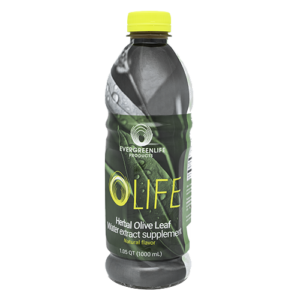Some Coronavirus Patients Experience Nausea, Vomiting, or Diarrhea Before They Get a Fever.
The deadly new coronavirus that has spread from the city of Wuhan, China is giving some patients nausea, vomiting, and diarrhea.
The coronavirus is part of a family of respiratory illnesses that includes the common cold, severe acute respiratory syndrome (SARS), and Middle East respiratory syndrome (MERS). Patients often show pneumonia-like symptoms, especially fever, cough, and difficulty breathing.
But gastrointestinal symptoms like nausea and diarrhea could be early clues of coronavirus infection, according to a growing body of preliminary research.
Is Diarrhoea a Symptom of Coronavirus?
According to a report of the WHO-China Joint Mission on Coronavirus Disease 2019, novel coronavirus symptoms are “non-specific”. Which means they symptoms can range from absolutely nothing to severe pneumonia and death. While most symptoms overlap with those of the common flu, like for instance fever, dry cough and sore throat, certain specific symptoms have been categorised after conducting extensive research on the confirmed cases.
“As of February 20, 2020 and based on 55,924 laboratory confirmed cases, typical signs and symptoms include: fever (87.9%), dry cough (67.7%), fatigue (38.1%), sputum production (33.4%), shortness of breath (18.6%), sore throat (13.9%), headache (13.6%), myalgia or arthralgia (14.8%), chills (11.4%), nausea or vomiting (5.0%), nasal congestion (4.8%), diarrhoea (3.7%), and hemoptysis (0.9%), and conjunctival congestion (0.8%).”
Olive Leaf Anti-Viral Properties
The olive leaf has antiviral properties, giving it the ability to treat the common cold and dangerous viruses, including candida symptoms, meningitis, pneumonia, chronic fatigue syndrome, hepatitis B, malaria, gonorrhea and tuberculosis; it also treats dental, ear and urinary tract infections and is a natural treatment for shingles.
Research shows that olive leaf extracts effectively fight against a number of disease-causing microbes, including some viruses that cause influenza and other respiratory infections.
The anti-viral activity of olive leaf extract is due to the action of oleuropein on the protein coat of the virus. It is thought to inactivate bacteria by dissolving the outer lining of the microbe. It interferes with viral infection and spread by inactivating the virus or preventing virus budding or shedding.
 OLIFE naturally contains over 200 milligrams of Hydroxytyrosol which may increase physical efficiency and improve attention. OLIFE 1000 ml contains 93% of (OLIVUM®), our exclusive olive tree leaves’ water infusion rich in Oleuropein, Elenolic Acid, Rutin, Tyrosol and the efficient antioxidant Hydroxytirosol.
OLIFE naturally contains over 200 milligrams of Hydroxytyrosol which may increase physical efficiency and improve attention. OLIFE 1000 ml contains 93% of (OLIVUM®), our exclusive olive tree leaves’ water infusion rich in Oleuropein, Elenolic Acid, Rutin, Tyrosol and the efficient antioxidant Hydroxytirosol.
It has been scientifically recognized that these molecules have the following effects: antioxidant, antiradical, regulate arterial pressure, improve blood circulation, energizing, hypoglycaemic, lower cholesterol, metabolize lipids and carbohydrates.
Gastrointestinal Symptoms Could Be New Focus for Coronavirus Diagnosis
Novel coronavirus symptoms seem to be mostly focused on fever and cough, but gastrointestinal symptoms should be a new focus for clinicians, according to 2 new papers published online in Gastroenterology…
What Does the Coronavirus do to Your Body? Everything to Know About the Infection Process
A visual guide of coronavirus infection, symptoms of COVID-19 and the effects of the virus inside the body, in graphics.
“It’s a respiratory virus and thus it enters through the respiratory tract, we think primarily through the nose,” he said. “But it might be able to get in through the eyes and mouth because that’s how other respiratory viruses behave.”
It can take two to 14 days for a person to develop symptoms after initial exposure to the virus, Hirsch said. The average is about five days.
Dr. Pragya Dhaubhadel and Dr. Amit Munshi Sharma, infectious disease specialists at Geisinger, say some patients have reported gastrointestinal symptoms such as nausea and diarrhea, however it’s relatively uncommon.
Symptoms become more severe once the infection starts making its way to the lower respiratory tract.


